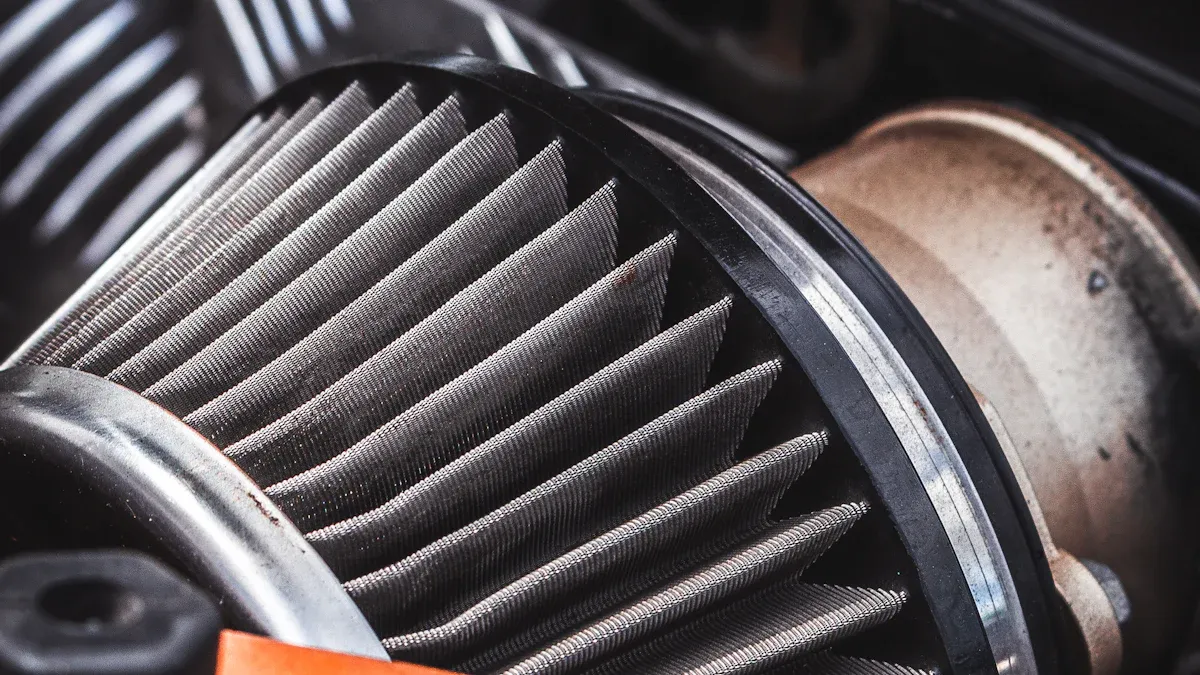In the realm of food storage, the choice of container can significantly impact the freshness, flavor, and safety of the food we consume. Among the myriad of options available, plastic containers are ubiquitous, often favored for their convenience and lightweight nature. However, when it comes to storing fruits, a question arises: Is it OK to store fruit in plastic containers? This article delves into the nuances of fruit storage, examining the implications of using plastic containers, the types of plastics involved, and best practices for maintaining fruit quality.
Understanding the Composition of Plastic Containers
Plastic containers are made from various types of plastics, each with distinct properties. The most common types used for food storage include:
- Polyethylene Terephthalate (PET): Often used for single-use containers, PET is generally considered safe for food storage. However, it is not recommended for long-term storage due to potential leaching of chemicals over time.
- High-Density Polyethylene (HDPE): Known for its strength and resistance to impact, HDPE is a safer option for food storage. It is less likely to leach harmful substances and is often used for milk jugs and juice bottles.
- Polyvinyl Chloride (PVC): While PVC is durable, it can release harmful chemicals, particularly when heated. It is not advisable to use PVC containers for storing food.
- Low-Density Polyethylene (LDPE): This type is flexible and often used for bread bags and some food wraps. It is generally safe for food storage but not as commonly used for rigid containers.
- Polypropylene (PP): Often used for microwave-safe containers, PP is considered one of the safest plastics for food storage. It has a high melting point and is resistant to chemical leaching.
The Impact of Plastic on Fruit Quality
When considering whether to store fruit in plastic containers, it is essential to understand how plastic can affect the quality of the fruit. Fruits are living organisms that continue to respire after being harvested. This process can lead to moisture buildup within a sealed plastic container, creating an environment conducive to mold growth and spoilage.
Moisture Management
To mitigate moisture issues, it is advisable to:
- Use Ventilated Containers: Opt for plastic containers with ventilation holes or lids that allow for airflow. This helps reduce humidity and prolongs the freshness of the fruit.
- Avoid Overcrowding: Storing too many fruits in a single container can trap moisture. Ensure that there is adequate space for air circulation.
- Dry Fruits Before Storage: If fruits are washed, ensure they are thoroughly dried before placing them in plastic containers. Excess moisture can accelerate spoilage.
Safety Concerns: Chemical Leaching
One of the primary concerns regarding the use of plastic containers for food storage is the potential for chemical leaching. Certain plastics can release harmful substances, such as bisphenol A (BPA) and phthalates, particularly when exposed to heat or acidic foods. While many manufacturers have moved towards BPA-free plastics, it is crucial to check labels and choose containers specifically designed for food storage.
Best Practices for Storing Fruits in Plastic Containers
To maximize the benefits of using plastic containers for fruit storage while minimizing risks, consider the following best practices:
- Choose the Right Container: Select containers made from safe plastics, such as HDPE or PP, and ensure they are labeled as food-safe.
- Store at the Right Temperature: Different fruits have varying storage requirements. For instance, berries should be refrigerated, while bananas are best stored at room temperature. Always adhere to specific storage guidelines for each type of fruit.
- Monitor for Spoilage: Regularly check stored fruits for signs of spoilage, such as mold or off-odors. Remove any spoiled fruit immediately to prevent contamination of others.
- Consider Alternatives: If you are concerned about using plastic, consider alternatives such as glass or stainless steel containers, which do not carry the same risks of chemical leaching and can be more environmentally friendly.
Conclusion
In conclusion, while it is generally acceptable to store fruit in plastic containers, careful consideration must be given to the type of plastic used, moisture management, and potential safety concerns. By following best practices and being mindful of the characteristics of both the fruit and the storage container, you can enjoy fresh, flavorful fruits while minimizing risks associated with plastic storage. Ultimately, the key lies in informed choices and proactive management of food storage practices.

More Stories
What Is Hypalon Rubber Sheet? Exploring Its Exceptional Weather Resistance
What Is SMC (Sheet Molding Compound)? Complete Guide for Engineers
Metal Packaging: Leading a Sustainable Future for Food Packaging through Infinite Recyclability and Carbon Reduction